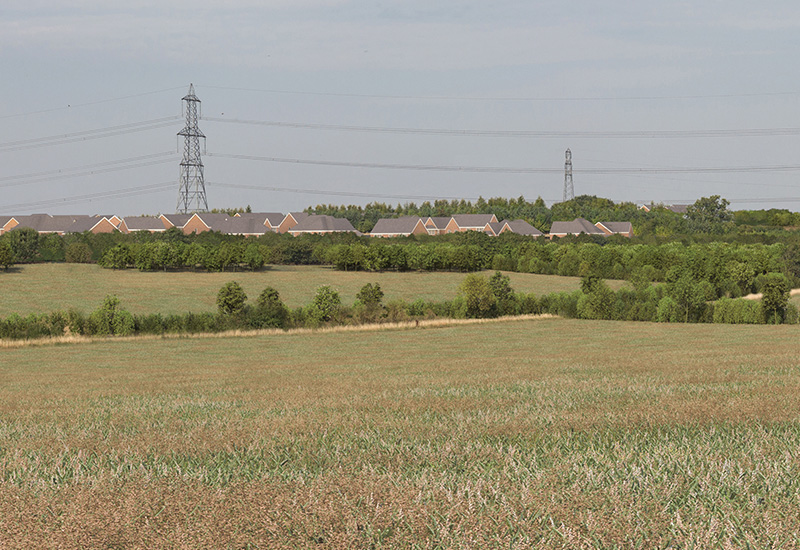The European Commission published a document on 26th October 2012 setting out its proposed changes to the EIA Directive. The Directive has been in force since 1985, has been amended three times, in 1997, 2003 and 2009, and was consolidated in 2011. The proposed changes seek to adjust, strengthen and streamline the EIA process, through a ‘comprehensive overhaul’ of the rules, after previous wide stakeholder consultations and reports.
These proposed changes will be discussed and refined over the next 18 months or so by the European Council and European Parliament. A new Directive is expected in 2014 and transposition into UK Law is anticipated to be required by 2016.
The main proposed changes are summarised below:
- Some definitions have changed, for example ‘project’ now includes demolition, and for the first time the Directive would define what an ‘EIA’ is.
- Screening and Scoping: The Screening and Scoping processes would be merged.
- For all projects listed within Annex 2, regardless of thresholds, a report would be required to set out the development proposals, the likely environmental impacts and the measures to be taken to reduce these impacts. This may be similar to the Preliminary Environmental Report already required for Nationally Significant Infrastructure Projects handled by the Planning Inspectorate. Further clarification on the implications of this is being sought by IEMA.
- Formal scoping opinions would become mandatory, but after the scope of an EIA is determined, later requests for additional information could only be made if clearly justified by new circumstances.
- Consultation and decision-making: Timeframes for decision making and public consultation would be amended. Screening decisions may be allowed to take longer than at present, but decisions on planning permission for EIA projects would be required quicker (within 3 months). Competent authorities would also need to fully describe and explain all their EIA-related decisions.
- Topics included in Environmental Statements: New environmental topics would need to be included in ESs: biodiversity and ecosystem services, human health, climate change, and disaster risks, which would require further work where necessary.
- Alternatives: There would be mandatory reporting in ESs of the reasonable alternatives to the proposed development, including the least environmentally impacting one, which would be identified by the competent authority at the scoping stage.
- Monitoring: ESs would need to report any proposed monitoring arrangements for projects having residual significant negative effects. Competent authorities would also need to ensure that development consents require this monitoring to ensure its implementation and to assess the effectiveness of mitigation.
- Integration / coordination with other assessments: EIA could become a ‘one stop shop’ for a range of assessments required under other EU legislation, through measures to integrate or coordinate EIA with other legal requirements such as the Habitats, IPPC and SEA Directives.
- Quality Assurance: EIAs would need to be either produced by an accredited EIA expert, or reviewed by an accredited EIA expert for the decision-making authority once submitted. Competent authorities would also need to verify the ES is up to date and sufficient for decision-making. IEMA wish their EIA Quality Mark standard, of which NPA is a member, to be part of this accreditation.
The full details of EC’s proposals can be found here – http://ec.europa.eu/environment/eia/review.htm The likely changes were examined at the IEMA EIA Quality Mark Forum in October, and the proposal was examined in a recent IEMA webinar. NPA will be monitoring the implications for our EIA work and our clients as the process progresses, and will contribute to feedback to the Commission.
Our EIA team can advise clients on EIA from the outset of a project. Further information on our expertise and our IEMA Quality Mark accreditation is provided here and a selection of project examples are provided here.






